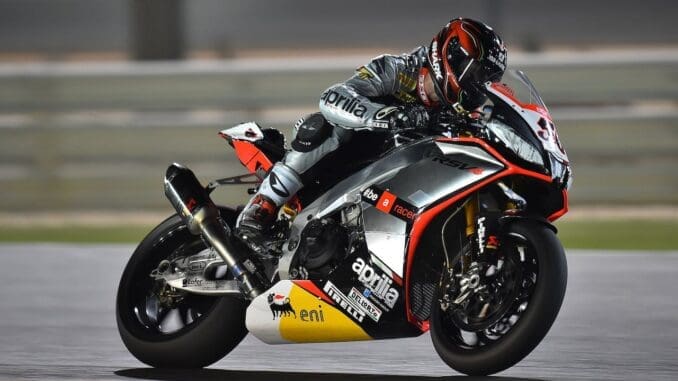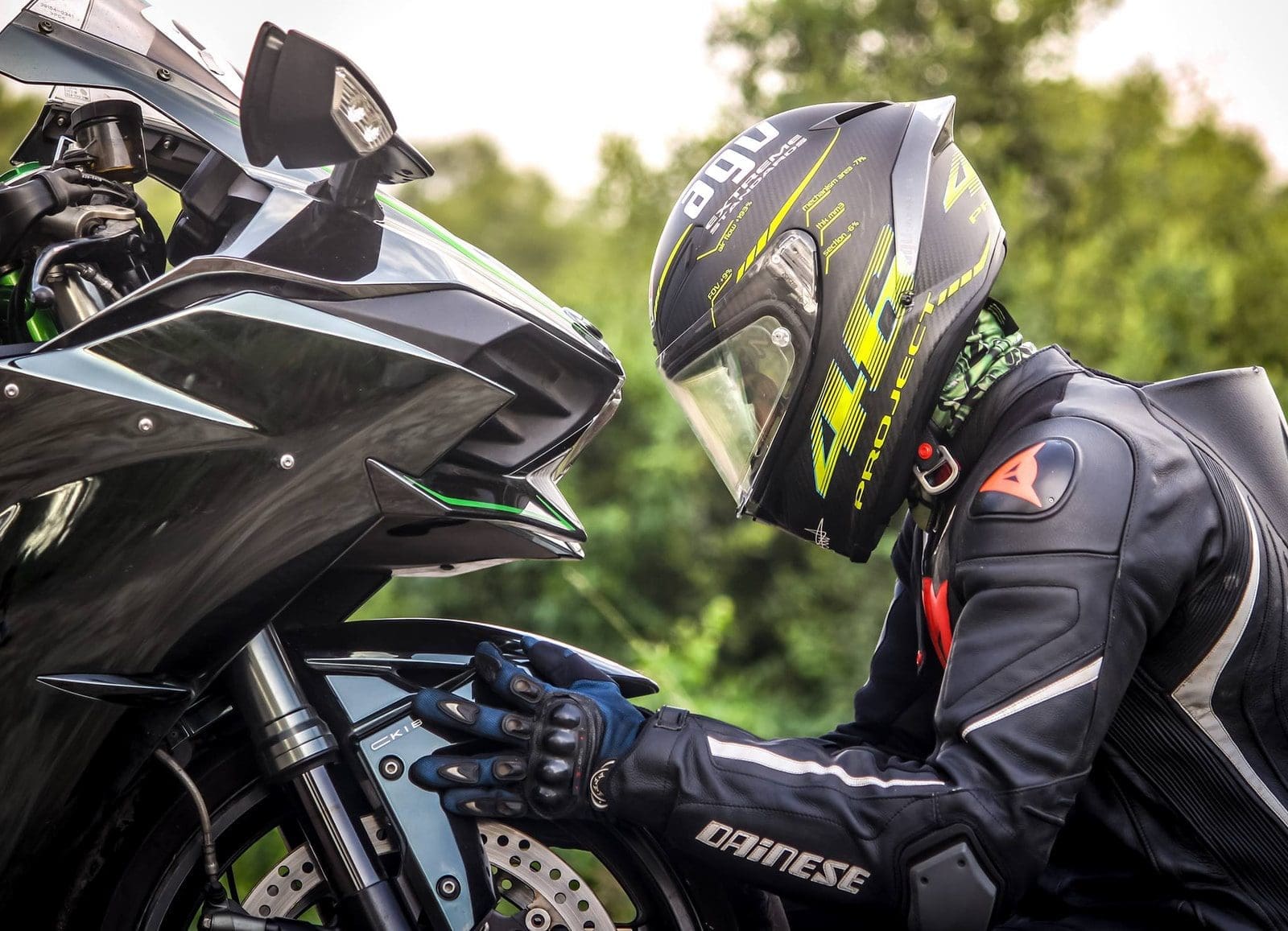
Motorcycle helmets cushion your head on impact. These special helmets have a hard outside layer and soft foam inside that help stop your skull and brain from getting hurt badly. When you’re on your bike, your helmet wraps around your head to keep you safer. This article explains how helmets are designed to shield injuries during accidents so riders like you can keep cruising safely. We’ll break it down step-by-step.
The Different Helmet Types
To fully grasp how motorcycle helmets provide protection, you must familiarize yourself with the various helmet designs available. The style you choose affects the level of coverage and safety features directly.
Full-Face Helmets
Full-face helmets completely enclose the head and face area. They cover the skull, ears, jaw, and chin. This extensive design is the most effective choice for high-speed riding or traveling long distances on highways. Most full-face helmets have sturdy shells that spread impacts evenly over large areas.
Open Face Helmets

These let riders feel the wind while protecting the top and sides of the skull. Open face coverage allows unobstructed vision and conversations at stops. Some include visors, while many wear snap-on sunglasses instead.
Half Helmets
The most minimalist style, beanies only wrap the very tops of heads down around the ears. They are liked for their lightweight feel, wearing headphones or glasses, and seeing the road unhindered.
Modular/Flip-up Helmets
Modular lids function as hybrids, converting between open-face flexibility and full-face security with chin bars that flip up. Airflow is often enhanced, too.
Off-Road/Adventure Helmets
Finally, off-roading and adventure variants feature elongated visors, scoops, and peaks to improve down-trail visibility and ventilation during dirt riding. They secure heads through jostling terrain.
When shopping for a motorcycle helmet, prioritize protective features and coverage over minimal design.
How Motorcycle Helmets Protect Riders
While styles may vary, all quality motorcycle helmets share key features that work together to safeguard riders in an accident.
Impact Absorption
The inner liner of a helmet is made of an expanded polystyrene foam that compresses progressively upon impact. This dense foam crushes in a controlled manner to gradually decelerate the skull rather than an abrupt stop, which could cause brain injuries. The thicker and denser the foam, the more shock it absorbs.
Even Force Distribution
The helmet’s outer shell is designed to spread the forces over a larger area so less pressure is put on one spot. Its curved shape helps divert and distribute the force rather than allowing focal points that could fracture the skull. The shell and interior padding work together to diminish crushing forces.
Advanced Technologies
Extra innovations, like MIPS systems using low friction layers to mitigate rotational acceleration and diffuse energy, further aid safety. Other tech include
- adjustable or multi-density foams absorbing angular hits
- integrated lights and Bluetooth
- anti-fog
Enhanced air ventilation also keeps riders comfortable and focused, lighter weight materials for less neck fatigue, and more.
Chin Strap Secure Fit
A well-adjusted chin strap is vital for a helmet to perform as designed. A loose chin strap could let the helmet come off or rotate in a fall or collision, negating its safety function. Helmet manufacturers provide fit guides to ensure the strap is snugly fastened without being uncomfortable. Periodic checks help maintain a properly fitting chin strap as padding compresses over time. With use, straps may need replacing if they show signs of wear, like tearing or overstretching.
Standards and Certification
Helmets undergo rigorous testing to prove crashworthiness. DOT- and Snell-certified helmets passed impact attenuation simulations, simulating crashes. Only passing helmets receive seals, assuring proven protection to safeguard heads in accidents. These rigorous standards give peace of mind in distinguishing stylish headgear from proven life-saving technology. With certified lids, riders gain an advanced shield ready for the worst.
Conclusion
Motorcycle helmets are brilliantly designed equipment that represents life-saving creativity and advancement. They prove that safety does not have to compromise comfort or freedom. Helmets have advanced materials, strategic padding, and rigorously tested retention systems to diffuse brutal impacts on the head. Bikers need to choose certified, properly fitted helmet variants optimized for their needs and riding style for smarter safety choices. Whether half-shell, modular, or open-faced, helmets save lives every day.


Be the first to comment